Introduction
The S&P 350 Dividend Aristocrats represent a select group of high-quality companies within the S&P 350 Index, a benchmark that covers major firms across Europe. These elite stocks have consistently increased their dividends for a set number of years, demonstrating financial stability and a commitment to rewarding shareholders. Investing in Dividend Aristocrats offers a unique advantage—steady income generation, reduced volatility, and strong long-term performance. In an era where economic uncertainty can shake markets, dividend aristocrats provide investors with reliable returns and growth potential, making them a cornerstone for income-focused and wealth-building portfolios. Whether you're a conservative investor looking for stability or seeking compounding benefits through reinvested dividends, the S&P 350 Dividend Aristocrats serve as an attractive investment opportunity.
Understanding the S&P 350 Dividend Aristocrats
What is the S&P 350?
The S&P 350 Index is a financial benchmark that represents a blend of large and mid-sized companies across major European markets. Designed to provide broad exposure to the region's equity landscape, the index includes businesses with strong financial performance and market influence. Unlike the S&P 500, which focuses on U.S.-based companies, the S&P 350 extends its reach across Europe, making it a valuable tool for investors seeking diversified international exposure. The index combines elements of the S&P Europe 350 and other related indices to ensure it reflects the economic health of European corporations.
What Are Dividend Aristocrats?
Within the S&P 350, Dividend Aristocrats are companies that have maintained a consistent track record of increasing their dividend payouts over several consecutive years. These businesses are known for financial stability, strong earnings growth, and a commitment to shareholder returns. The ability to provide regular dividends makes these stocks attractive to investors focused on income generation and long-term wealth accumulation. Historically, dividend aristocrats have demonstrated resilience during market downturns, offering steady returns even when broader indices experience volatility.
How the S&P 350 Dividend Aristocrats Are Selected
To be classified as an S&P 350 Dividend Aristocrat, a company must meet strict eligibility criteria, including a minimum history of consecutive dividend increases and financial reliability. The selection methodology evaluates factors such as earnings consistency, payout ratios, and sector diversity to ensure a balanced representation of industries. The aristocrats span multiple sectors, from healthcare and consumer goods to technology and energy, helping investors diversify their portfolios while benefiting from stable and growing dividends.
Benefits of Investing in S&P 350 Dividend Aristocrats
Stability and Reliability
Investing in S&P 350 Dividend Aristocrats offers a unique advantage in terms of stability and reliability, as these companies have consistently increased their dividend payouts over time. Unlike non-dividend stocks, which can experience extreme fluctuations, aristocrats provide investors with a steadier source of income, making them attractive for those seeking long-term financial security. Their ability to generate dependable returns even during economic downturns makes them a reliable asset for portfolios focused on income preservation and reduced volatility.
Long-Term Growth Potential
Beyond stability, long-term growth potential is a key benefit of these dividend-paying stocks. Investors who reinvest their dividends can take advantage of compounding effects, allowing their wealth to grow exponentially over time. Historically, dividend aristocrats have outperformed broader indices by delivering sustainable income growth, making them ideal for those aiming to build wealth gradually. Their track record of strong financial performance enhances their appeal among investors seeking consistent returns.
Portfolio Diversification
Another compelling advantage is portfolio diversification. The S&P 350 Dividend Aristocrats span multiple industries, including healthcare, consumer goods, technology, and energy, ensuring a balanced mix of sectors. This spread of risk helps investors mitigate losses from economic instability in any single industry. Notable companies in the index, known for their robust dividend policies, further strengthen its investment appeal, providing exposure to top-performing firms across Europe while maintaining resilience in diverse market conditions.
Risks and Considerations
Market Fluctuations
While S&P 350 Dividend Aristocrats are known for their stability, they are not immune to market fluctuations. Economic downturns, inflationary pressures, and changing interest rates can impact a company’s ability to maintain its dividend payouts. Even historically strong firms may face challenges in sustaining their dividend growth during recessions or financial crises. Investors should adopt risk-mitigation strategies such as diversifying their holdings, balancing dividend aristocrats with other asset classes, and closely monitoring macroeconomic indicators to anticipate potential shifts in dividend policies.
Company-Specific Risks
Another critical consideration is company-specific risks, which include dividend cuts and financial instability. A company's dividend history does not guarantee future payouts, as unexpected financial troubles, regulatory changes, or shifts in business strategies can lead to reductions or suspensions. Investors should conduct thorough due diligence by analyzing factors such as earnings growth, payout ratios, and cash flow stability to determine whether a company is likely to maintain its aristocrat status. Understanding these metrics helps prevent exposure to firms that may struggle with sustaining long-term dividend increases.
Assessing a company's dividend sustainability requires a keen focus on financial health and operational performance. Companies with excessively high payout ratios, declining revenues, or mounting debts are at greater risk of cutting dividends. Comparing a firm's historical performance with broader industry trends and evaluating future growth potential can provide insights into its ability to remain a reliable dividend aristocrat. Investors should remain proactive, regularly reviewing financial statements and adjusting their portfolios to align with changing market conditions.
How to Invest in S&P 350 Dividend Aristocrats
Direct Stock Purchases
Investing in S&P 350 Dividend Aristocrats can be approached in multiple ways, depending on your financial goals and risk tolerance. One option is direct stock purchases, where investors select individual dividend aristocrat stocks that align with their portfolio strategy. This method allows for tailored investment choices, giving you control over specific companies with strong dividend histories. Tools like historical dividend growth charts, fundamental analysis platforms, and financial news resources can help investors track the stability and potential of these stocks before making a purchase. By focusing on companies with a solid track record of increasing dividends, investors can build a portfolio that prioritizes long-term income generation.
Exchange-Traded Funds (ETFs) and Mutual Funds
For those looking for a more hands-off approach, exchange-traded funds (ETFs) and mutual funds that track S&P 350 Dividend Aristocrats offer an easy way to gain diversified exposure. These funds bundle multiple aristocrats into a single investment vehicle, reducing the risks associated with individual stock selection. Passive investing through ETFs provides automatic rebalancing, sector diversification, and lower costs compared to managing individual stocks. Investors can choose funds that specialize in high-yield dividend stocks, allowing them to benefit from the collective strength of stable companies without the need for constant monitoring.
Building a Dividend-Focused Portfolio
Building a dividend-focused portfolio requires a strategic approach that balances dividend reliability with risk management. Investors should diversify across sectors to prevent overexposure to industry-specific downturns while maintaining a steady income stream. Key strategies include reinvesting dividends to maximize compounding growth, analyzing payout ratios to ensure sustainability, and adjusting holdings based on market trends. By employing disciplined investment methods and maintaining a diversified portfolio, investors can enhance financial stability and enjoy the benefits of consistent income generation from S&P 350 Dividend Aristocrats.
Conclusion
The S&P 350 Dividend Aristocrats offer investors a compelling opportunity to build a stable and growth-oriented portfolio. With their proven track record of consistent dividend increases, these elite companies provide a reliable source of income while minimizing volatility compared to non-dividend stocks. Their long-term growth potential, enhanced by dividend reinvestment and sector diversification, makes them a valuable asset for those seeking financial security and wealth accumulation. Whether you're looking for dependable income or strategic diversification, investing in dividend aristocrats can be a smart decision. To make the most informed choices, conducting thorough research, analyzing financial metrics, and exploring ETFs or mutual funds that track these companies will help align investments with personal financial goals. Start exploring the S&P 350 Dividend Aristocrats today to strengthen your portfolio with companies that have a history of rewarding their shareholders.
🚀 The Ultimate Dividend Investing Hub 💰
Looking to build wealth through dividends? 📈 Explore these expert insights:
🏆 Top Dividend Stocks & Investing Strategies
💰 Dividend Aristocrats & High-Yield Kings
📊 Dividend Funds & Passive Income Moves
🔗 Bookmark this guide & start stacking dividends today! 🚀💸



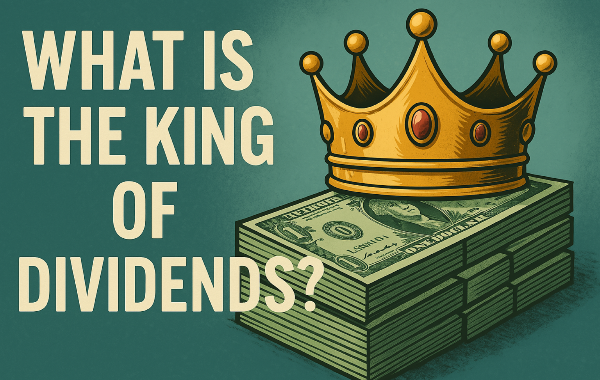
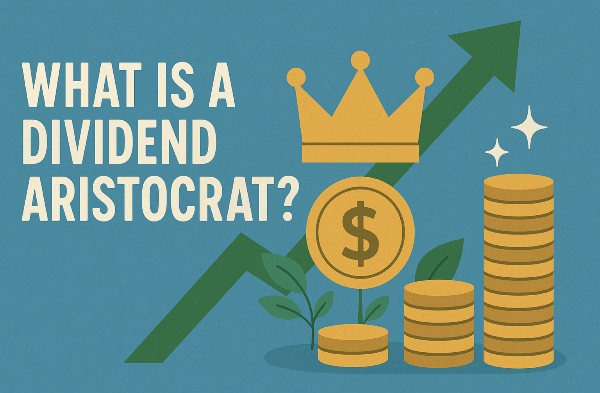
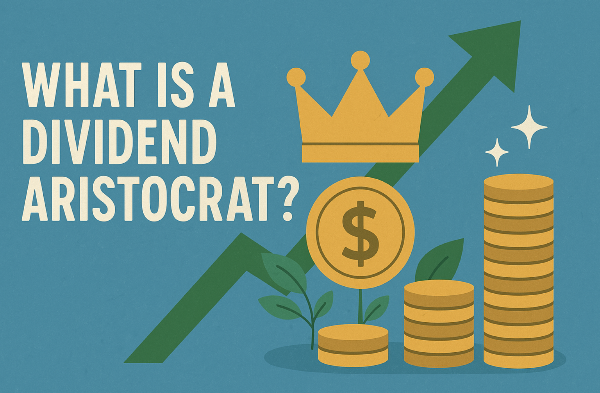
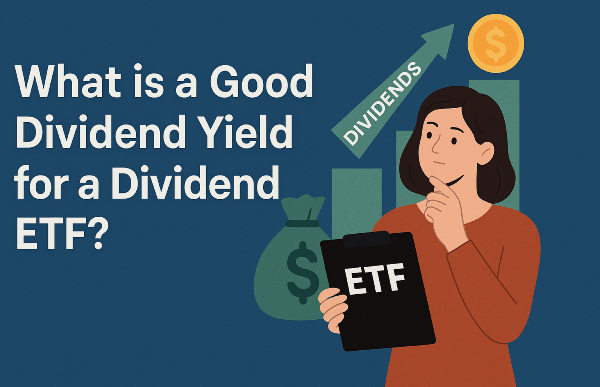
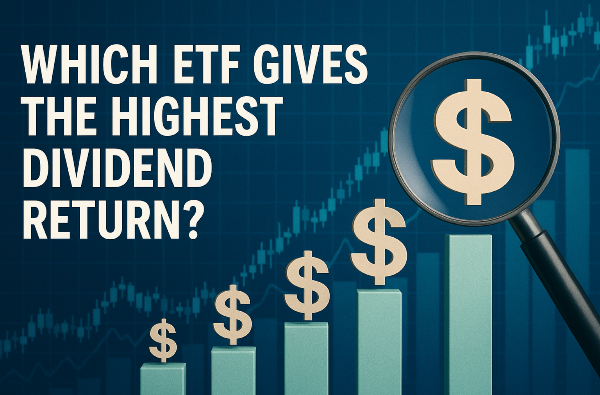





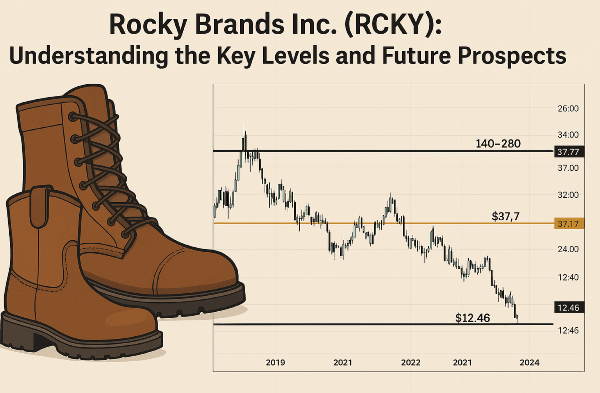


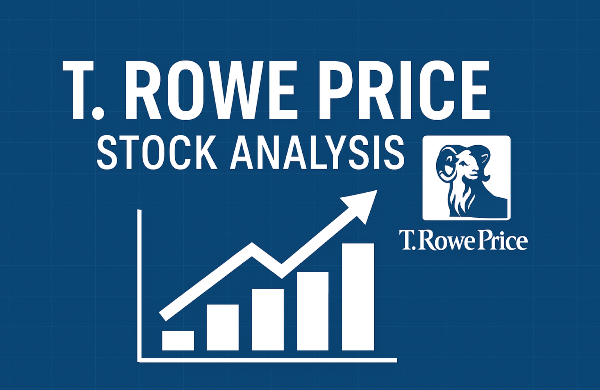


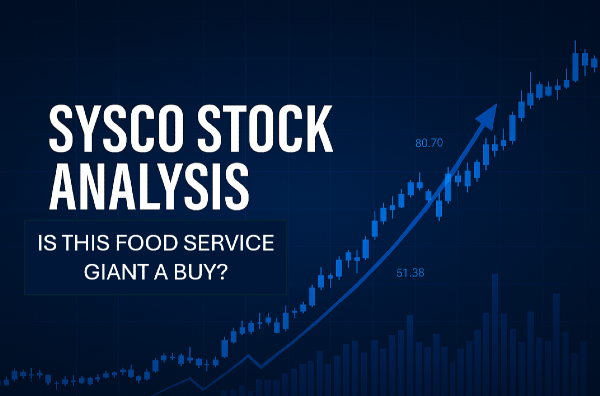
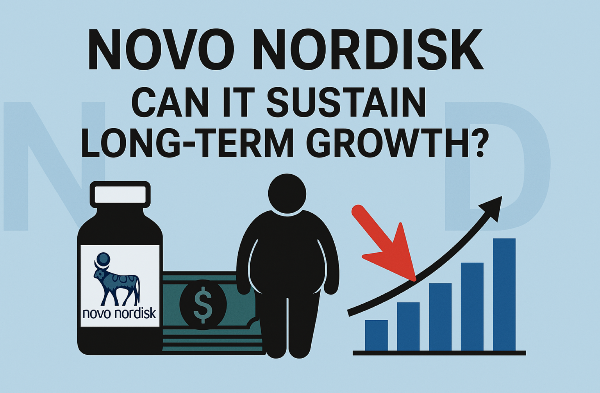









Introduction
The S&P 350 Dividend Aristocrats represent a select group of high-quality companies within the S&P 350 Index, a benchmark that covers major firms across Europe. These elite stocks have consistently increased their dividends for a set number of years, demonstrating financial stability and a commitment to rewarding shareholders. Investing in Dividend Aristocrats offers a unique advantage—steady income generation, reduced volatility, and strong long-term performance. In an era where economic uncertainty can shake markets, dividend aristocrats provide investors with reliable returns and growth potential, making them a cornerstone for income-focused and wealth-building portfolios. Whether you're a conservative investor looking for stability or seeking compounding benefits through reinvested dividends, the S&P 350 Dividend Aristocrats serve as an attractive investment opportunity.
Understanding the S&P 350 Dividend Aristocrats
What is the S&P 350?
The S&P 350 Index is a financial benchmark that represents a blend of large and mid-sized companies across major European markets. Designed to provide broad exposure to the region's equity landscape, the index includes businesses with strong financial performance and market influence. Unlike the S&P 500, which focuses on U.S.-based companies, the S&P 350 extends its reach across Europe, making it a valuable tool for investors seeking diversified international exposure. The index combines elements of the S&P Europe 350 and other related indices to ensure it reflects the economic health of European corporations.
What Are Dividend Aristocrats?
Within the S&P 350, Dividend Aristocrats are companies that have maintained a consistent track record of increasing their dividend payouts over several consecutive years. These businesses are known for financial stability, strong earnings growth, and a commitment to shareholder returns. The ability to provide regular dividends makes these stocks attractive to investors focused on income generation and long-term wealth accumulation. Historically, dividend aristocrats have demonstrated resilience during market downturns, offering steady returns even when broader indices experience volatility.
How the S&P 350 Dividend Aristocrats Are Selected
To be classified as an S&P 350 Dividend Aristocrat, a company must meet strict eligibility criteria, including a minimum history of consecutive dividend increases and financial reliability. The selection methodology evaluates factors such as earnings consistency, payout ratios, and sector diversity to ensure a balanced representation of industries. The aristocrats span multiple sectors, from healthcare and consumer goods to technology and energy, helping investors diversify their portfolios while benefiting from stable and growing dividends.
Benefits of Investing in S&P 350 Dividend Aristocrats
Stability and Reliability
Investing in S&P 350 Dividend Aristocrats offers a unique advantage in terms of stability and reliability, as these companies have consistently increased their dividend payouts over time. Unlike non-dividend stocks, which can experience extreme fluctuations, aristocrats provide investors with a steadier source of income, making them attractive for those seeking long-term financial security. Their ability to generate dependable returns even during economic downturns makes them a reliable asset for portfolios focused on income preservation and reduced volatility.
Long-Term Growth Potential
Beyond stability, long-term growth potential is a key benefit of these dividend-paying stocks. Investors who reinvest their dividends can take advantage of compounding effects, allowing their wealth to grow exponentially over time. Historically, dividend aristocrats have outperformed broader indices by delivering sustainable income growth, making them ideal for those aiming to build wealth gradually. Their track record of strong financial performance enhances their appeal among investors seeking consistent returns.
Portfolio Diversification
Another compelling advantage is portfolio diversification. The S&P 350 Dividend Aristocrats span multiple industries, including healthcare, consumer goods, technology, and energy, ensuring a balanced mix of sectors. This spread of risk helps investors mitigate losses from economic instability in any single industry. Notable companies in the index, known for their robust dividend policies, further strengthen its investment appeal, providing exposure to top-performing firms across Europe while maintaining resilience in diverse market conditions.
Risks and Considerations
Market Fluctuations
While S&P 350 Dividend Aristocrats are known for their stability, they are not immune to market fluctuations. Economic downturns, inflationary pressures, and changing interest rates can impact a company’s ability to maintain its dividend payouts. Even historically strong firms may face challenges in sustaining their dividend growth during recessions or financial crises. Investors should adopt risk-mitigation strategies such as diversifying their holdings, balancing dividend aristocrats with other asset classes, and closely monitoring macroeconomic indicators to anticipate potential shifts in dividend policies.
Company-Specific Risks
Another critical consideration is company-specific risks, which include dividend cuts and financial instability. A company's dividend history does not guarantee future payouts, as unexpected financial troubles, regulatory changes, or shifts in business strategies can lead to reductions or suspensions. Investors should conduct thorough due diligence by analyzing factors such as earnings growth, payout ratios, and cash flow stability to determine whether a company is likely to maintain its aristocrat status. Understanding these metrics helps prevent exposure to firms that may struggle with sustaining long-term dividend increases.
Assessing a company's dividend sustainability requires a keen focus on financial health and operational performance. Companies with excessively high payout ratios, declining revenues, or mounting debts are at greater risk of cutting dividends. Comparing a firm's historical performance with broader industry trends and evaluating future growth potential can provide insights into its ability to remain a reliable dividend aristocrat. Investors should remain proactive, regularly reviewing financial statements and adjusting their portfolios to align with changing market conditions.
How to Invest in S&P 350 Dividend Aristocrats
Direct Stock Purchases
Investing in S&P 350 Dividend Aristocrats can be approached in multiple ways, depending on your financial goals and risk tolerance. One option is direct stock purchases, where investors select individual dividend aristocrat stocks that align with their portfolio strategy. This method allows for tailored investment choices, giving you control over specific companies with strong dividend histories. Tools like historical dividend growth charts, fundamental analysis platforms, and financial news resources can help investors track the stability and potential of these stocks before making a purchase. By focusing on companies with a solid track record of increasing dividends, investors can build a portfolio that prioritizes long-term income generation.
Exchange-Traded Funds (ETFs) and Mutual Funds
For those looking for a more hands-off approach, exchange-traded funds (ETFs) and mutual funds that track S&P 350 Dividend Aristocrats offer an easy way to gain diversified exposure. These funds bundle multiple aristocrats into a single investment vehicle, reducing the risks associated with individual stock selection. Passive investing through ETFs provides automatic rebalancing, sector diversification, and lower costs compared to managing individual stocks. Investors can choose funds that specialize in high-yield dividend stocks, allowing them to benefit from the collective strength of stable companies without the need for constant monitoring.
Building a Dividend-Focused Portfolio
Building a dividend-focused portfolio requires a strategic approach that balances dividend reliability with risk management. Investors should diversify across sectors to prevent overexposure to industry-specific downturns while maintaining a steady income stream. Key strategies include reinvesting dividends to maximize compounding growth, analyzing payout ratios to ensure sustainability, and adjusting holdings based on market trends. By employing disciplined investment methods and maintaining a diversified portfolio, investors can enhance financial stability and enjoy the benefits of consistent income generation from S&P 350 Dividend Aristocrats.
Conclusion
The S&P 350 Dividend Aristocrats offer investors a compelling opportunity to build a stable and growth-oriented portfolio. With their proven track record of consistent dividend increases, these elite companies provide a reliable source of income while minimizing volatility compared to non-dividend stocks. Their long-term growth potential, enhanced by dividend reinvestment and sector diversification, makes them a valuable asset for those seeking financial security and wealth accumulation. Whether you're looking for dependable income or strategic diversification, investing in dividend aristocrats can be a smart decision. To make the most informed choices, conducting thorough research, analyzing financial metrics, and exploring ETFs or mutual funds that track these companies will help align investments with personal financial goals. Start exploring the S&P 350 Dividend Aristocrats today to strengthen your portfolio with companies that have a history of rewarding their shareholders.
🚀 The Ultimate Dividend Investing Hub 💰
Looking to build wealth through dividends? 📈 Explore these expert insights:
🏆 Top Dividend Stocks & Investing Strategies
💰 Dividend Aristocrats & High-Yield Kings
📊 Dividend Funds & Passive Income Moves
🔗 Bookmark this guide & start stacking dividends today! 🚀💸